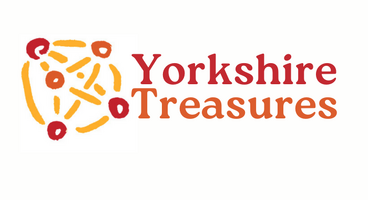
Can you say 'Appletreewick' like a local? It sounds like it belongs in a children’s picture book, the sort of place that magically appears and disappears, depending on who is trying to visit. It’s a bit like that in real life. You could very easily drive along the little lane joining the two pubs with Masons Campsite and think that was it. It sort of is, and yet there’s so much more besides.
It’s almost as if Appletreewick has entered a village competition that no one else even knows about – how much history, intrigue and general curiosity can you pack into one small hamlet?
First of all the name. Old English for something like ‘apple tree farm or hamlet’. But locals don’t call it Apple – Tree – Wick. You could get in and out of the village before you'd even finished saying the name. ‘Aptrick’ is their name for it. Interestingly there’s no real mention of apples in local histories, just an annual Onion Fair, commemorated by Onion Lane.
At one time Appletreewick had many different tradespeople including blacksmiths, cobblers, weavers, corn millers and tailors. Many of the houses were built when lead mining was at its peak. You can still see evidence of the former mines in the hills above the village. Wandering around the village now, many of the houses and buildings are listed, with date stones going back to the 16th and 17th century. Appletreewick’s most famous inhabitant, William Craven, was born in 1548 to a poor family. He somehow managed to make his way to London, become a Merchant Tailor and eventually Lord Mayor of London. Some say the story of Dick Whittington was written about him, although records show it was written before he became Lord Mayor.
It’s unusual for such a small place to support not just one but two pubs and they’re both good – the New Inn, and the Craven Arms, each with their claims to fame. How many ferret-racing venues do you know that have been featured in the Wall Street Journal?! The Craven Arms was! In addition to the very cosy interior, there’s another surprise at the back of the pub, namely the cruck barn, recently built using traditional methods and materials. In the 1970s the New Inn apparently became the ‘first no-smoking inn in the world’ thanks to the then publican, characterful John Showers.
The pubs are able to flourish thanks to the influx of visitors who come to enjoy the river Wharfe (some good swimming spots) and surrounding countryside. Nearby is the gorgeous Parcevall Hall Gardens, originally built as a retreat, and Trollers Ghyl where the terrifying Barguest beast reportedly hides.
Image: Jane Ellison-Bates
